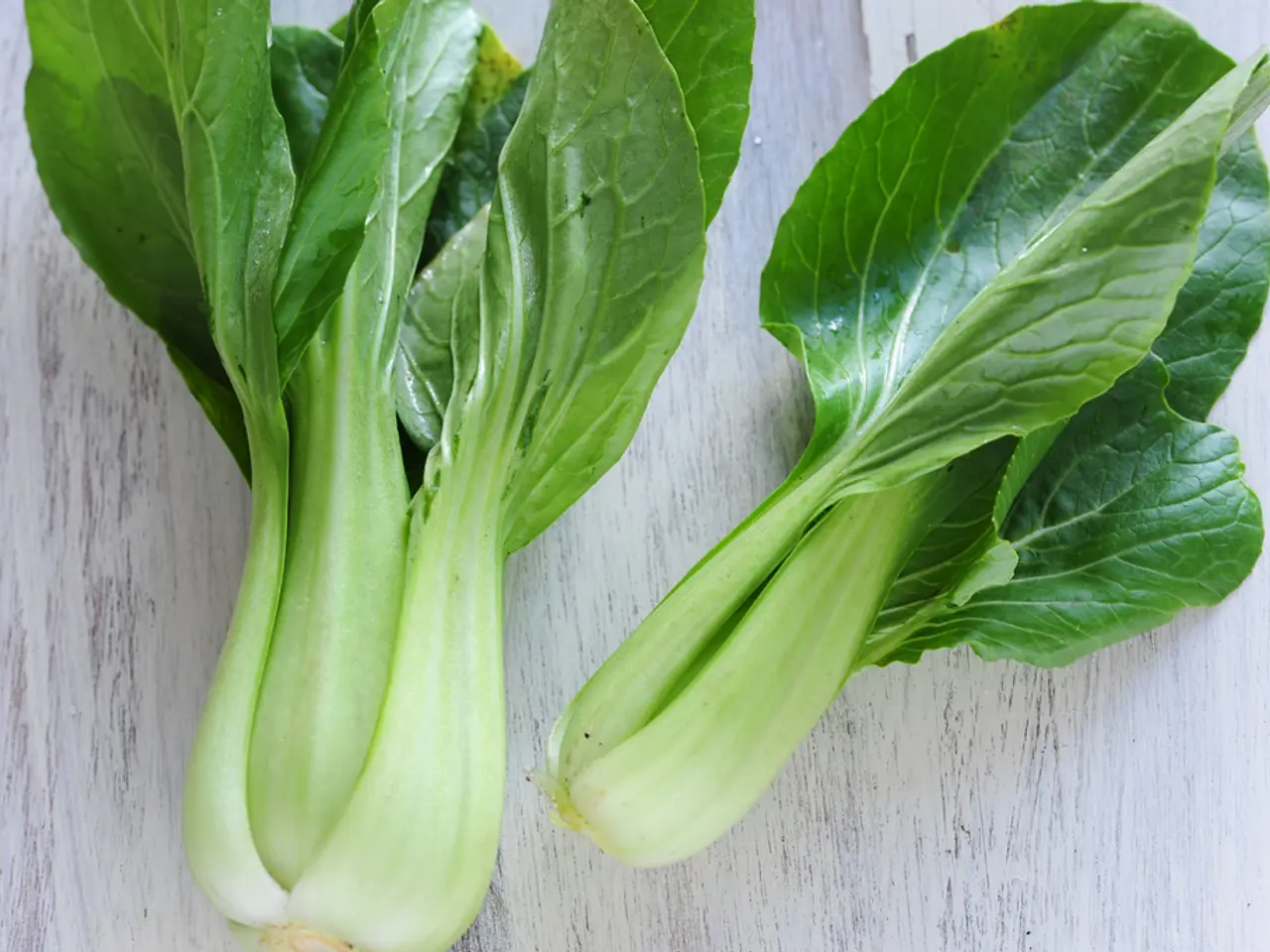Instruction manual for initiating a home vegetable garden for beginners
In the pursuit of healthier living and self-sufficiency, more households are turning to vegetable gardening. Whether you're a novice or an experienced green thumb, this guide offers valuable insights into growing a productive year-round vegetable garden.
### Suitable Vegetables for Beginners and Year-Round Growing
For those with limited space, indoor vegetables such as peppers, eggplants, beans, basil, and cucumbers can thrive, providing year-round produce with minimal effort. Seasonal staples like carrots, leafy greens (spinach and lettuce), and tomatoes offer multiple harvests by adjusting planting times. Climbers such as peas, beans, and cucumbers grow well on vertical trellises, saving space and improving airflow to reduce pests. Container-friendly herbs and root vegetables can flourish in container gardens or raised beds.
### Soil Preparation
Preparing nutrient-rich soil is essential for a successful vegetable garden. Remove weeds and grass before planting to reduce competition for nutrients. Loosen and turn the soil to break up the surface crust, making it easier for roots to grow and water to penetrate. Add rich organic matter such as compost or well-rotted manure to create well-draining soil that supports healthy plant growth. Test soil pH and amend as necessary—vegetables generally prefer slightly alkaline soil. Mulch pathways and around plants with straw, bark, or wood chips to conserve moisture, reduce weeds, and prevent soil compaction.
### Location Selection
Choose a sunny spot with at least 6 hours of direct sunlight daily. Ensure easy access to water. Avoid areas shaded by trees or shrubs to minimize competition. Raised beds or containers can improve drainage and soil quality and are convenient for pest management. Vertical trellises can help maximize limited space.
### Pest Management
Use self-watering planters to provide consistent moisture, which keeps plants healthy and less vulnerable to pests. Grow climbing plants on trellises to keep fruit off the ground and reduce pest exposure. Mulch pathways and plant bases to suppress weeds and reduce pest habitat. Consider starting your garden indoors or under controlled environments to reduce exposure to pests during vulnerable growth stages. Regular monitoring and manual removal of pests, along with encouraging beneficial insects, can keep pest problems manageable.
By selecting beginner-friendly vegetables, preparing nutrient-rich and well-draining soil, choosing a sunny and accessible location, and employing thoughtful pest management, you can establish a productive year-round vegetable garden even as a novice. Happy gardening!
[1] Vegetables like asparagus, beetroot, broad beans, broccoli, cabbage, cauliflower, carrots, zucchinis, spinach, radishes, lettuce, squash, garlic, onions, potatoes, tomatoes, climbing beans, eggplant, cucumbers, and sweet corn can all be grown year-round with proper care and timing.
[2] Lettuce and herbs such as parsley, lemon blams, and mint require less sun and can be planted in areas that experience some shade during the day.
[3] In colder months, potato plants may need protection from frost, and plants grown up a trellis should be secured firmly to prevent damage on windy days.
[4] Raised garden beds offer better water retention in areas with sandy soil and better drainage in areas with clay soil, but may require extra bags of potting soil and compost.
[5] A drip irrigation system can help prevent leaves from suffering fungal diseases. Fruiting vegetables like tomatoes, cucumbers, and summer crops need at least eight hours of sunlight a day, while root vegetables and leafy vegetables can grow in smaller courtyards with less sun exposure. Herbs such as parsley, mint, chives, and oregano are good for beginners and boost flavors in home-cooked meals. Soil is crucial; whether clay, sandy, or loamy, it should be enriched with animal manure or compost before planting. The best place for a vegetable garden is on level ground or slightly elevated, with good sun exposure, ideally northerly or westerly aspect. Regular watering is essential for vegetable gardens, and it's best to water thoroughly and regularly, especially in the early morning or late afternoon to prevent evaporation. Avoid leaving piles of wood or rubbish around the garden bed as it becomes a hotel for pests.
- A productive year-round garden can include vegetables such as asparagus, carrots, tomatoes, cucumbers, and sweet corn, as well as herbs like parsley and mint, which will thrive in home-and-garden settings and contribute to an overall lifestyle of self-sufficiency.
- For areas with reduced sun exposure, consider growing lettuce, herbs like parsley or mint, or vegetables like peas and broad beans, as they can adapt to home-and-garden setups with less sunlight, enhancing a diverse lifestyle that incorporates home-and-garden maintenance and productivity.




